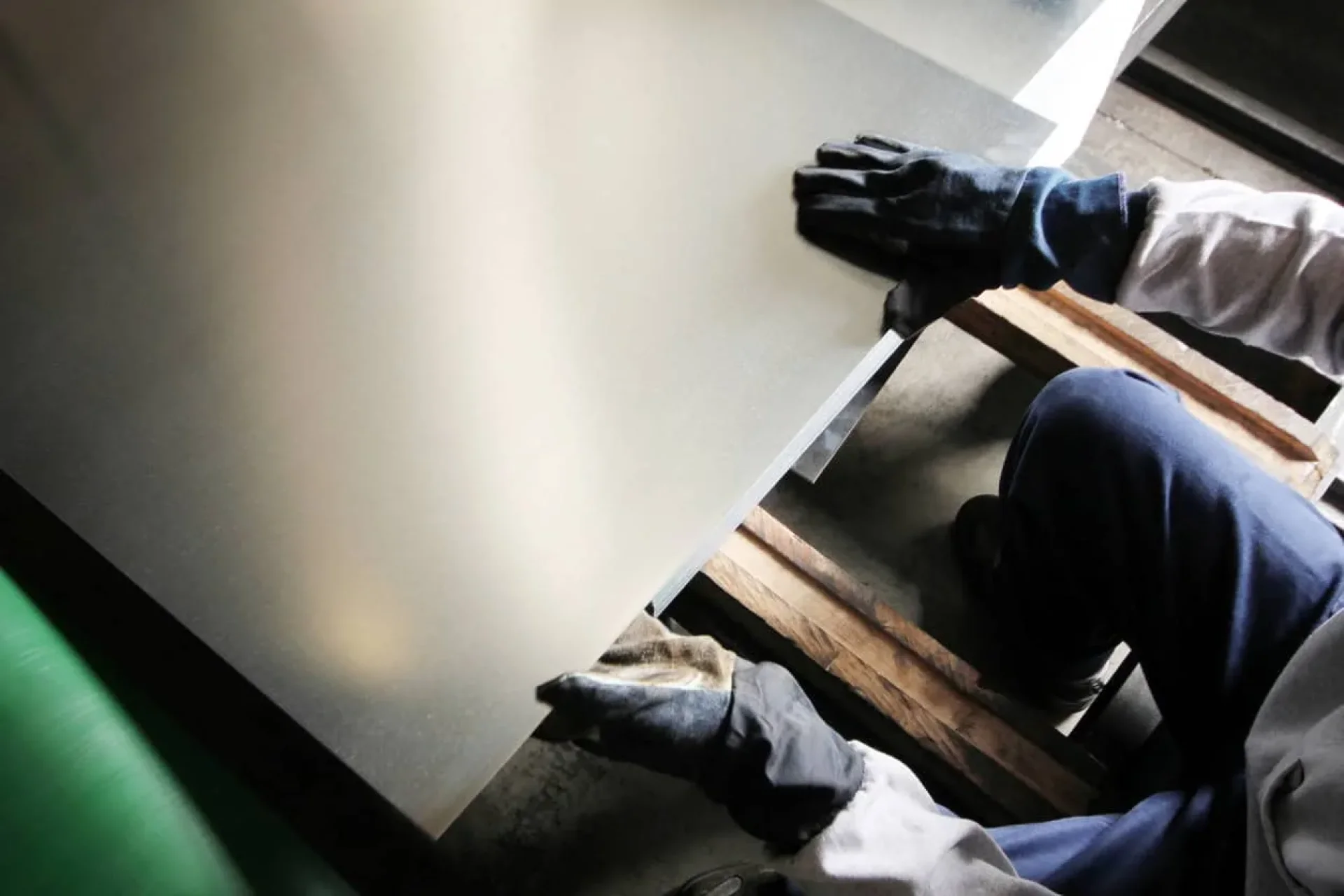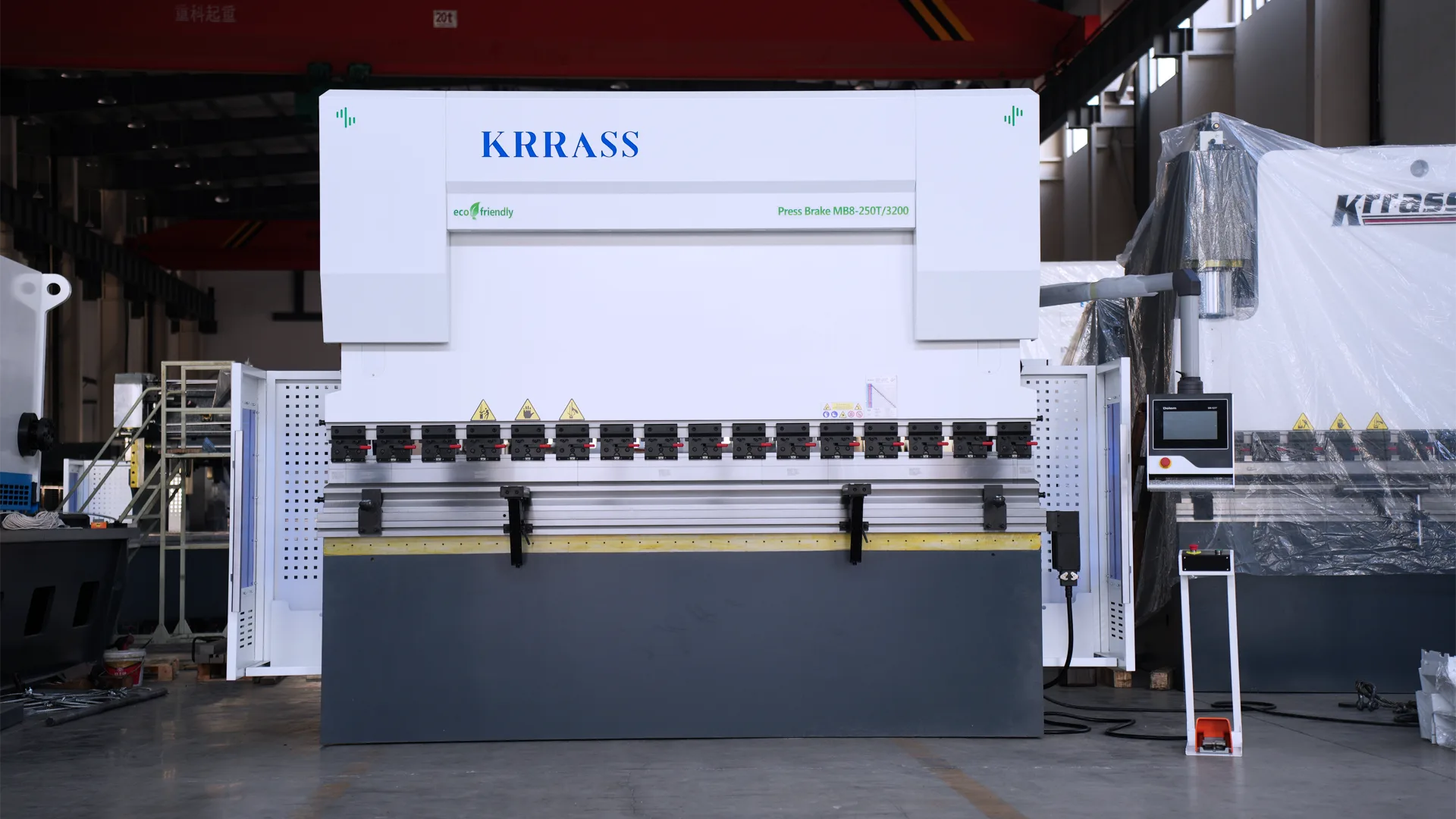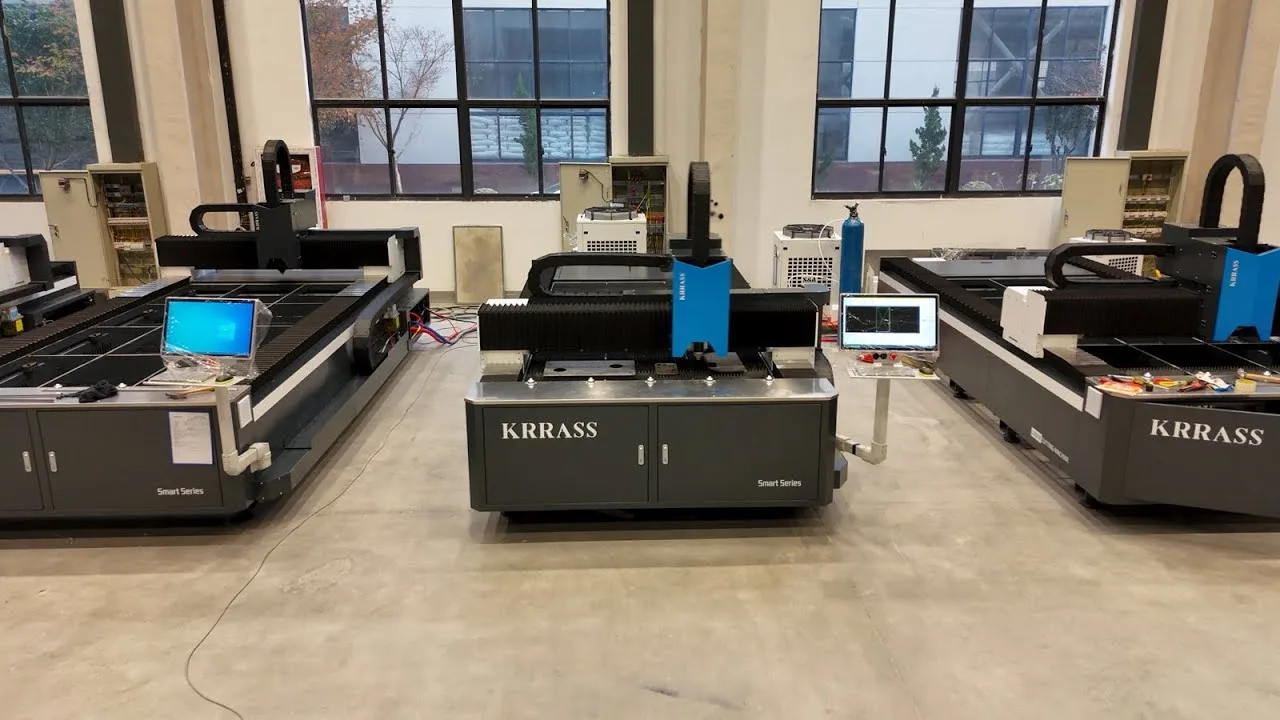A Concise Guide to Sheet Metal Forming Equipment

From the body of an airplane to the casing of a smartphone, sheet metal serves as the foundation for a vast range of essential products that affect our daily lives. Manufacturers receive this versatile material in rolls or sheets of raw metal, which is then transformed into valuable industrial components using advanced sheet metal forming equipment.
- What Is Sheet Metal Forming?
- What Is Sheet Metal Fabrication?
- How Does Sheet Metal Forming Work?
- Sheet Metal Forming Processes
- What Materials Are Used in Sheet Metal Forming?
- Benefits of Sheet Metal Forming with Advanced Equipment
- Perfecting Manufacturing with Advanced Equipment
- Partnering for Your Sheet Metal Forming Needs
What Is Sheet Metal Forming?
Sheet metal forming involves taking thin, flat sheets of metal and shaping them into fully formed 3D structures. This process converts basic raw material into complex, high-precision products through various manufacturing techniques. Imagine it like piecing together a puzzle the result is a 3D shape created from smaller, interconnected components.
While manual methods once dominated this field, modern automation and robotics have revolutionized sheet metal forming. Today, sophisticated machines can mass-produce intricate metal parts with remarkable efficiency and accuracy. Advanced equipment makes this process faster, more dependable, and cost-effective.
What Is Sheet Metal Fabrication?
Sheet metal fabrication refers to transforming raw metal sheets into specific shapes through cutting, bending, and assembling. This encompasses processes like laser cutting, punching, stamping, and welding. Although often used interchangeably with sheet metal forming, sheet metal fabrication is a broader term, which includes various additional processes such as cutting and joining to produce the final product.
High-performance equipment is essential for forming sheet metal into complex 3D parts, ensuring that fabrication processes are optimized for efficiency and quality.
How Does Sheet Metal Forming Work?
Sheet metal forming takes advantage of the malleability of metals, enabling flat sheets to undergo controlled plastic deformation. By applying targeted force, these sheets are carefully manipulated into 3D shapes, all without tearing or losing structural integrity. The key is controlling factors like force, speed, temperature, and material orientation to ensure uniform deformation.
Innovative forming equipment enhances these processes, ensuring superior results in both high-volume production and precision custom work. Automated systems replicate complex calculations to shape metal consistently while preventing defects that can arise from manual methods.
Sheet Metal Forming Processes
Different manufacturing processes are used to transform sheet metal into high-quality parts, depending on the geometries and production volumes needed, as well as the materials formability. Advanced equipment enables precise execution of various sheet metal forming techniques.
Bending
By applying controlled force, sheet metal is bent into angled forms. Advanced press brake machines enable manufacturers to bend metal with high accuracy, achieving the desired bend angles with unmatched consistency.
Laser Cutting

High-powered CNC laser cutting machines use focused laser beams to cut intricate patterns into sheet metal with extreme precision. Ideal for cutting through materials like steel, aluminum, and titanium, these systems offer both speed and accuracy for complex geometries.
Hydroforming
For parts that require seamless shapes, hydraulic forming equipment uses highly pressurized fluid to mold sheet metal. This method is ideal for creating intricate parts for industries like automotive and aerospace.
Stamping
Stamping presses are designed to form sheet metal at high production volumes, delivering hundreds of parts per minute. This process enables the manufacturing of components such as housings and body panels with exceptional precision and consistency.
Drawing
Advanced drawing presses are perfect for pulling sheet metal through a die, forming seamless parts like medical implants, ammunition casings, and aerospace components. These systems ensure high-quality results with minimal material waste.
Several metals and alloys are commonly used in sheet metal forming, each offering unique benefits depending on the application. The choice of material depends on the specific properties needed for the finished part.
- Steel: Known for its strength and formability, steel is one of the most widely used metals in sheet metal forming. It is commonly used in applications ranging from automotive parts to construction materials
- Stainless Steel: Valued for its corrosion resistance, stainless steel is essential in industries such as food processing, medical equipment, and industrial tools
- Brass: With its decorative finish and malleability, brass is widely used in applications like musical instruments and hardware. It can be formed smoothly and precisely, even for intricate designs
- Aluminum: Lightweight and corrosion-resistant, aluminum is frequently used in the aerospace and automotive industries. It provides strength and durability while allowing for high production rates.
Benefits of Sheet Metal Forming
Choosing sheet metal forming over other manufacturing methods like machining or casting offers several key advantages, particularly when using advanced equipment.
Cost-Effectiveness
Sheet metal forming methods like bending and stamping require relatively simple tools and equipment. This makes it a cost-effective alternative to multi-axis CNC machining or injection molding.
Flexibility
Modern sheet metal forming equipment enables manufacturers to create a wide variety of part geometries. Machines can be easily retooled for different production runs, offering flexibility for industries such as automotive and aerospace.
Rapid Production
Sheet metal forming allows for fast prototyping and production, enabling quick turnaround times for custom parts. Unlike slower processes like casting, forming methods are designed to meet tight deadlines without compromising quality.
Perfecting Manufacturing with Advanced Equipment
Modern sheet metal forming equipment integrates seamlessly into computer-controlled manufacturing workflows, enhancing speed, precision, and consistency. With the aid of CAD software and CNC automation, forming systems reduce the trial-and-error typically associated with metalworking, allowing for precise execution from design to production.
Advanced control systems optimize parameters like press speed, material feed rates, and die lubrication, ensuring consistent performance even in high-volume operations. With high-precision equipment, manufacturers can achieve exacting standards with every production run.
Partnering for Sheet Metal Forming Needs
Sheet metal forming is essential for producing high-quality, cost-effective components across a wide range of industries. However, achieving optimal results requires the right equipment.
By investing in precision sheet metal forming technology, manufacturers gain access to cutting-edge metal forming capabilities, backed by exceptional service and support.
Start optimizing your production process today by exploring advanced sheet metal forming solutions. Expert guidance is available to help select the best equipment for specific project needs, ensuring the highest standards of performance and efficiency.



